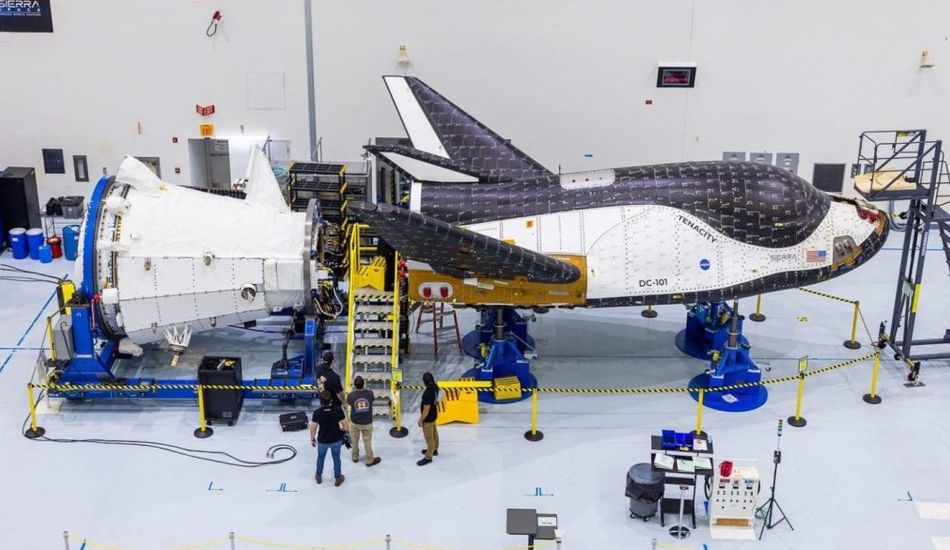
Dream Chaser's New Course: Sierra Space Pivots to Defense Tech After NASA Changes
When Sierra Space snagged a deal to deliver cargo to the International Space Station (ISS) almost a decade ago, they promised something special: a reusable spaceplane, built by a private company, capable of landing on regular runways. But, it seems, things aren't going exactly as planned.
In a recent update, NASA and Sierra Space decided to change things up. NASA won't be guaranteeing any cargo flights to the ISS anymore. Instead, the Dream Chaser spaceplane will make its debut in late 2026 with a free-flying demonstration and it won't even dock at the station. NASA is only offering "minimal support" for this test, and whether they order any ISS resupply missions will depend on how that goes.
This change is a big deal for the Dream Chaser program. These kinds of programs usually depend on government support because building spacecraft is super expensive, and it's tough to get enough commercial customers to make it worth it. Think about SpaceX. They got billions from NASA to develop their Dragon capsule and Falcon 9 rocket.
What does this mean? Well, Dream Chaser needs a serious makeover. Originally, it was all about resupplying the ISS under NASA's Commercial Resupply Services program, alongside SpaceX's Dragon and Northrop Grumman's Cygnus. These contracts were worth up to $14 billion combined. NASA has already committed around $1.43 billion to Sierra Space, but it might not go any further than that.
Now that the guaranteed money is gone, Sierra Space has to find a new angle. They need to position themselves as a platform that can be used by commercial space stations or even defense customers.
Company executives are really pushing the defense angle. Their executive chair, Fatih Ozmen, said that this change will allow Sierra to provide "unique capabilities to meet the needs of diverse mission profiles, including emerging and existential threats and national security priorities." It sounds like they're trying to make a move into the Defense Tech market.
While these kinds of mid-program changes aren't super common in aerospace, they're becoming more frequent as space startups deal with shifting government priorities. Aerospace systems used to be designed for very specific missions, but Sierra is arguing that Dream Chaser's reusability and runway landing capability make it more flexible.
The free-flying demo could be a chance for Sierra to show off what Dream Chaser can do. It could carry different payloads and demonstrate various capabilities, without needing to dock with the ISS. If Dream Chaser can prove itself, it could serve multiple customers and become the go-to winged spacecraft. But, the clock is ticking since the ISS is planned to be deorbited around 2030, that doesn't leave much time.
Source: TechCrunch